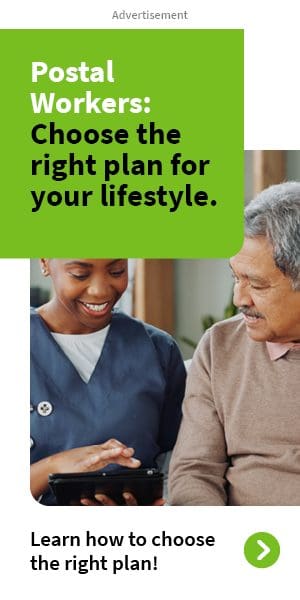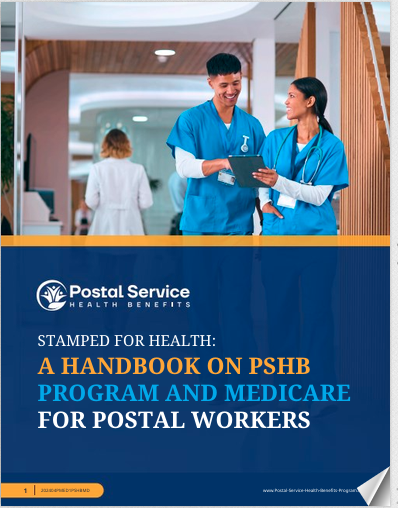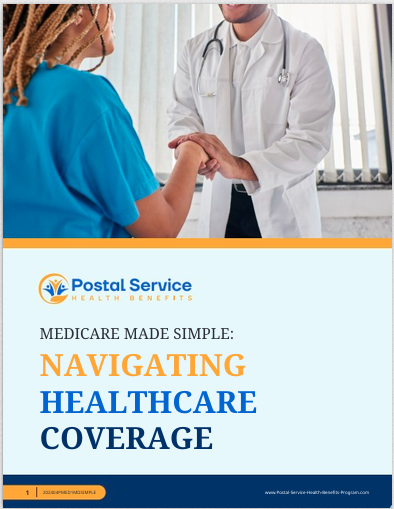Key Takeaways:
- Postal retirees need to understand the transition from FEHB to PSHB to make informed decisions about their healthcare coverage.
- The Postal Service Health Benefits (PSHB) Program offers specific advantages and considerations unique to postal retirees.
What Postal Retirees Need to Know About Their Transition to PSHB
As postal retirees transition from the Federal Employees Health Benefits (FEHB) Program to the newly established Postal Service Health Benefits (PSHB) Program, understanding the implications of this shift is crucial. The PSHB, created specifically for postal employees and retirees, brings with it unique benefits, eligibility requirements, and potential challenges. This article aims to clarify what postal retirees need to know about this transition, ensuring that they are well-prepared to navigate their healthcare options effectively.
The Background of the PSHB Program
The Postal Service Reform Act of 2022 mandated the creation of the PSHB Program, which is set to launch in January 2025. This program is a result of efforts to address the financial challenges faced by the U.S. Postal Service (USPS) by restructuring health benefits for its employees and retirees. Unlike the FEHB, which covers federal employees and retirees across various agencies, the PSHB is tailored specifically for those connected to the USPS. The main goal of this transition is to reduce costs while maintaining comprehensive coverage for postal workers and retirees.
Key Differences Between FEHB and PSHB
One of the most significant differences between the FEHB and PSHB is the structure of the programs. While both programs offer a range of plans to choose from, the PSHB is exclusively available to postal workers and retirees, potentially leading to more tailored plan options. Additionally, the PSHB will require most retirees to enroll in Medicare Part B to remain eligible for their health benefits.
The Importance of Medicare Enrollment
Under the new PSHB guidelines, postal retirees who are 65 or older will be required to enroll in Medicare Part B if they wish to retain their PSHB coverage. This is a notable change from the FEHB, where enrollment in Medicare Part B was optional for retirees. The requirement aims to reduce the overall costs for the USPS by shifting some of the healthcare expenses to Medicare, which serves as the primary payer for retirees. It’s important for retirees to understand the implications of enrolling in Medicare Part B, including the associated premiums and the coordination of benefits between Medicare and PSHB.
Benefits of the PSHB Program
While the transition may seem daunting, there are several benefits associated with the PSHB Program. For one, the PSHB is expected to offer more competitive premiums for postal retirees, partly due to the required Medicare Part B enrollment. Additionally, the PSHB plans are designed with the specific healthcare needs of postal retirees in mind, which may result in better-aligned coverage options compared to the broader FEHB plans.
Access to Nationwide Networks
One of the anticipated advantages of the PSHB Program is improved access to nationwide provider networks. Many postal retirees, particularly those who relocate after retirement, will benefit from having a healthcare plan that offers consistent coverage across different states. This is particularly beneficial for retirees who might spend extended periods outside their primary residence, such as those who travel frequently or live in multiple locations throughout the year.
Preparing for the Transition
To ensure a smooth transition to the PSHB, postal retirees need to take several preparatory steps. First, it’s essential to stay informed about the specific details and timelines associated with the PSHB enrollment process. The USPS will likely provide additional resources and guidance as the transition date approaches, but retirees should also proactively seek information to avoid any lapses in coverage.
Understanding Enrollment Periods
A critical aspect of the transition is understanding the enrollment periods for the PSHB Program. The USPS is expected to hold a special enrollment period before the program’s official launch in 2025, allowing retirees to select their new PSHB plans. Retirees should be aware of these dates and ensure they make their selections within the specified window to maintain continuous coverage.
Coordination with Current Health Coverage
For retirees currently enrolled in the FEHB Program, coordinating the transition to PSHB with their existing coverage is crucial. Retirees should review their current FEHB plans, compare them with the available PSHB options, and consider how the new plans align with their healthcare needs. It’s also important to understand how the transition will affect dependents who are covered under their current plans, as the PSHB may have different eligibility requirements.
Evaluating Healthcare Needs
As with any significant change in health coverage, postal retirees should evaluate their healthcare needs before making decisions about their PSHB enrollment. Factors to consider include current and anticipated medical conditions, preferred healthcare providers, and the costs associated with different plan options. Retirees should also assess how their healthcare needs might change over time, particularly as they age or if they develop chronic health conditions.
Financial Considerations
The transition to the PSHB Program will also have financial implications for postal retirees. While the program is designed to offer competitive premiums, retirees need to consider the overall cost of their healthcare coverage, including Medicare Part B premiums, copayments, deductibles, and out-of-pocket expenses. Understanding the full scope of these costs will help retirees make informed decisions that align with their financial situation.
Planning for Medicare Part B Costs
Since enrollment in Medicare Part B is a requirement for most retirees under the PSHB Program, planning for the associated costs is essential. Medicare Part B premiums are based on income, so retirees need to be aware of how their income levels might affect their premiums. Additionally, those who delay enrolling in Medicare Part B could face late enrollment penalties, further emphasizing the importance of timely decision-making.
How to Seek Assistance
Navigating the transition to the PSHB Program can be complex, but retirees don’t have to do it alone. The USPS and other resources are available to help retirees understand their options and make informed choices. Retirees should consider reaching out to licensed insurance agents, who can provide personalized guidance based on their individual circumstances. Additionally, attending informational sessions or webinars hosted by the USPS or other organizations can offer valuable insights into the transition process.
Resources for Postal Retirees
The USPS is expected to provide a variety of resources to assist retirees with the transition to the PSHB Program. These resources may include informational brochures, online tools for comparing plan options, and customer service hotlines dedicated to answering retirees’ questions. Utilizing these resources can help retirees feel more confident in their healthcare decisions during this significant transition.
Common Concerns and How to Address Them
It’s natural for postal retirees to have concerns about transitioning to a new healthcare program. Common concerns may include worries about the continuity of care, potential changes in benefits, and the financial impact of the transition. Addressing these concerns involves staying informed, asking questions, and seeking advice from trusted sources.
Ensuring Continuity of Care
One of the primary concerns for retirees is ensuring that they can continue seeing their preferred healthcare providers after transitioning to the PSHB Program. Retirees should verify whether their current providers are included in the PSHB plan networks and understand the process for seeking care from out-of-network providers if necessary. Additionally, reviewing the plan’s coverage for prescription medications is important to ensure that necessary medications remain accessible under the new program.
Future Considerations
The transition to the PSHB Program represents a significant change for postal retirees, but it’s also an opportunity to reassess healthcare needs and make choices that support long-term health and well-being. As healthcare continues to evolve, retirees should remain vigilant about changes in their coverage options and stay proactive in managing their healthcare.
Staying Informed About Healthcare Changes
Healthcare is an ever-changing landscape, and staying informed about new developments is crucial for postal retirees. This includes keeping up with changes in Medicare, understanding how new healthcare laws might affect their coverage, and being aware of any updates to the PSHB Program itself. By staying informed, retirees can continue to make the best decisions for their health and financial well-being.
Navigating Your Healthcare Future
Transitioning to the PSHB Program is a significant step for postal retirees, but it also provides an opportunity to secure healthcare coverage that meets their specific needs. By understanding the key differences between the FEHB and PSHB programs, preparing for the transition, and staying informed about their healthcare options, retirees can confidently navigate this change. It’s essential to take the time to evaluate individual healthcare needs, seek assistance when necessary, and plan for the financial implications of the transition. With the right preparation and resources, postal retirees can successfully manage their healthcare coverage and enjoy peace of mind in their retirement years.
Contact Information:
Email: [email protected]
Phone: 9364196707






